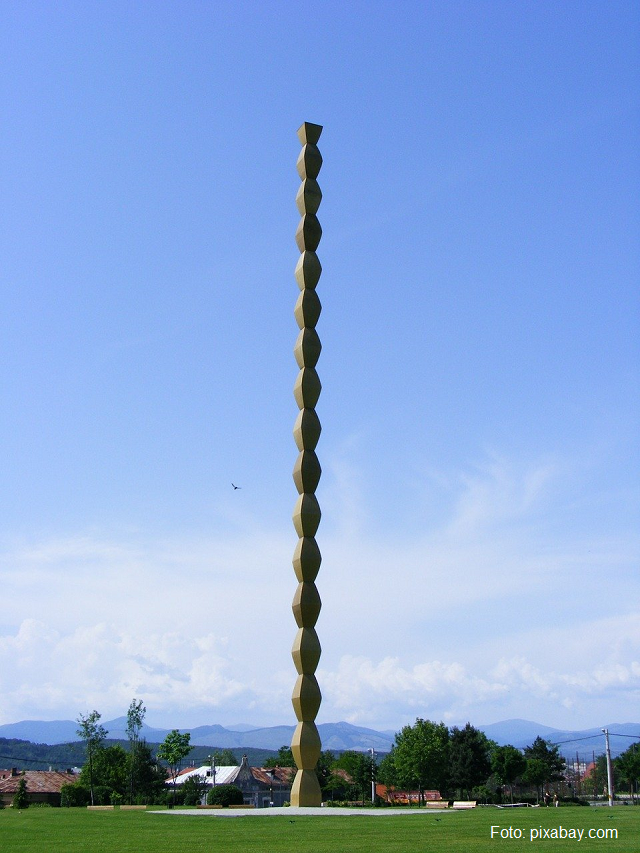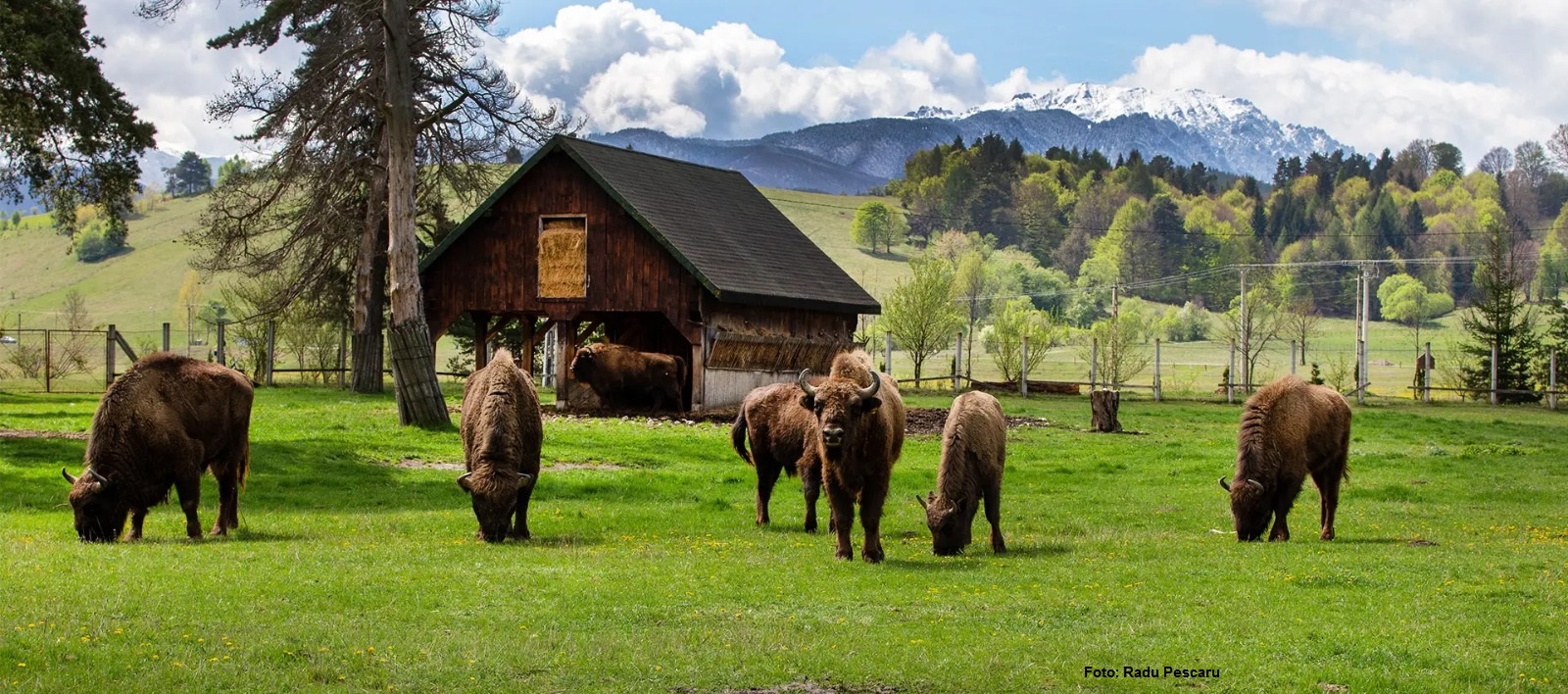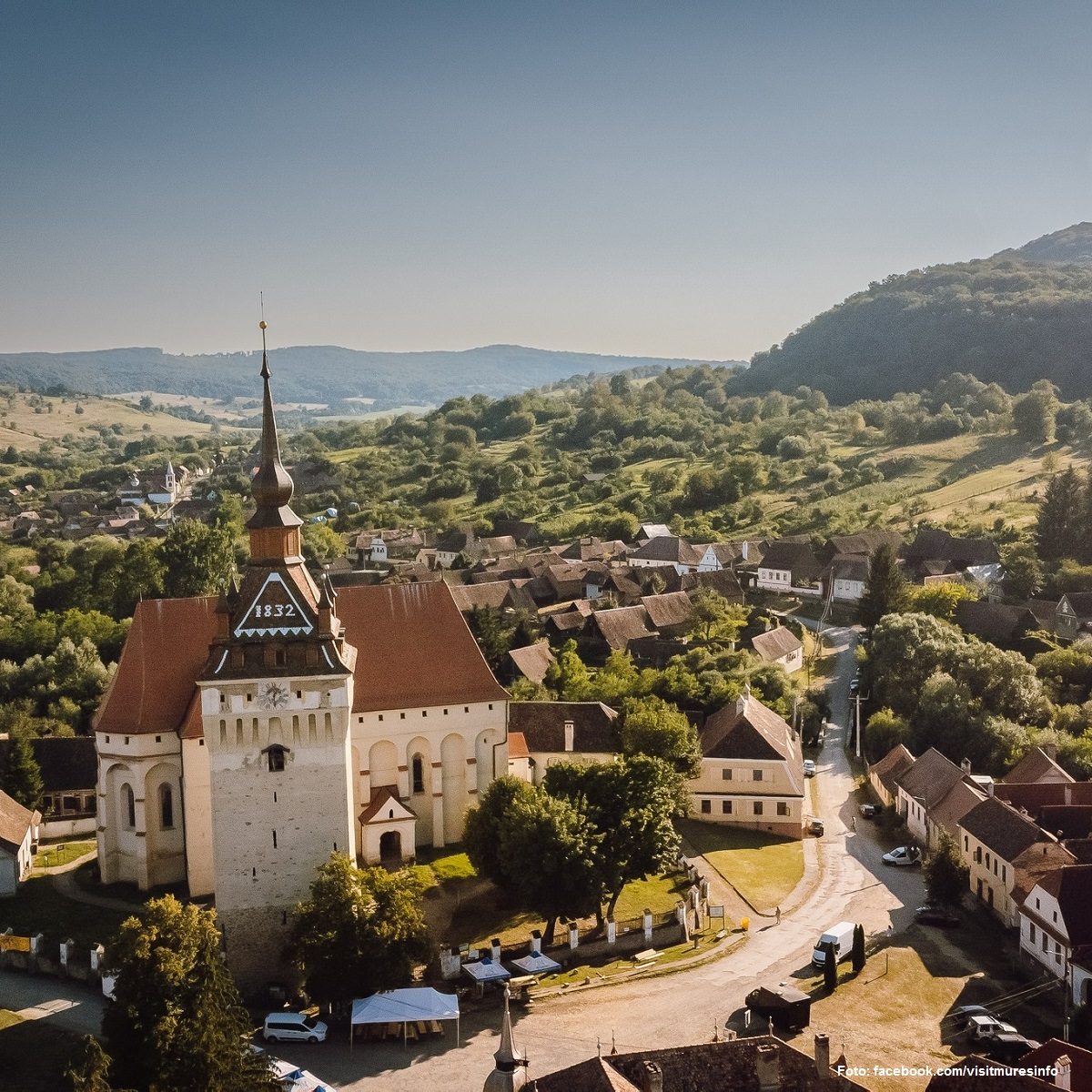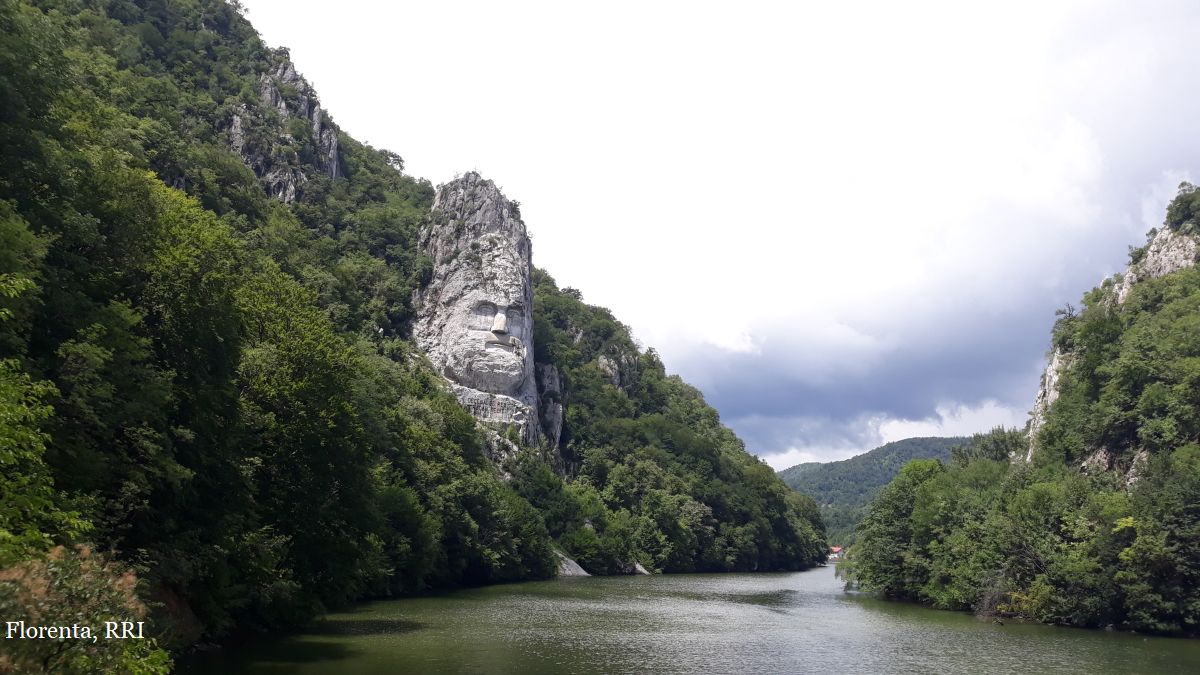Târgu Jiu, a city like a museum
Targu Jiu can be the perfect destination for a city break and the starting point for visits to other tourist attractions in the county

România Internațional, 11.05.2023, 12:14
Our virtual trip today takes us to south-western Romania, more precisely to Targu Jiu, in Gorj County. The city, crossed by the Jiu River, was first mentioned in documents as early as 1611. It can be the perfect destination for a city break, but also the starting point for visits to lots of tourist attractions around. There are also free tours of the city, which allow visitors to see lots of interesting sites in just one day.
Adrian Bunăiașu, from the Constantin Brancusi Research and Promotion Centre, says that the legacy of the famous sculptor Constantin Brancusi is very important for the promotion of the city. Still, the foundation for the development of the city of Targu Jiu was actually laid by Arethia Tatarascu, the founder of the League of Gorj Women. In 1921, it was set to coordinate womens activities in Gorj, promoting equal opportunities in work, family, society, without any ethnic, racial or religious discrimination. The organization also aimed to promote the countys cultural values, as well as its traditions and spirituality.
“First of all, tourists come to Targu Jiu for Brancusis works. We tell them that on October 16, 1916, a battle took place on the bridge across the Jiu River, between German troops and inhabitants of Targu Jiu, because back then the Romanian army was fighting with the rest of the Austrian-Hungarian army in the Jiu Gorges. After WWI, Gheorghe Tatarascu was the prime-minister and he married Arethia. She established the League of Gorj Women, through which she would give women work: they would weave rugs, shirts, and sell them. With the money received this way she funded the building of the first museum, refurbished the memorial house of the heroine Ecaterina Teodoroiu and erected a mausoleum to honor her, and rebuilt the Tudor Vladimirescu memorial house. Then, in 1935, she decided to fund the building of an ensemble in memory of those who had died in the Jiu battle. And this is where Constantin Brancusi came in.
Through the League of Gorj Women, Arethia Tatarascu promoted the movement for the revival of Romanian art and costumes, through a weaving workshop. Many rugs were woven there, which were admired at exhibitions in Romania, Paris, Brussels and New York. After the Crafts Fair organized in Bucharest in 1934, King Carol II awarded her the Cultural Merit Order. On the other hand, as Adrian Bunaiasu told us, after the works on the ensemble were finished, sculptor Constantin Brancusi refused to be paid and donated his work to the city of Targu Jiu.
“Constantin Brancusis sculptural ensemble includes the Table of Silence, the Gate of the Kiss, the Alley of Chairs and the Endless Column. When he accepted the invitation extended by the League of Gorj Women to build a monument, he said he would make just an obelisk. He chose the highest point in the city, where the Endless Column is now, and also thought of building a gate at the entrance of the Central Park: the Gate of the Kiss. In the two years that he designed the ensemble, he moved the gate approximately 40 m inside the park and also designed the Table of Silence and the Alley of Chairs. Along this axis there is also a church. Arethia Tatarascu, through her league, contributed to its renovation, so Constantin Brancusi saw it as part of the ensemble.
Adrian Bunaiasu and his colleagues from the Constantin Brancusi Research and Promotion Centre established three pedestrian tours that are free for the tourists who want to see the city.
“The first one, of course, includes Constantin Brancusis ensemble. The distance from the Table of Silence to the Endless Column is approximately 1.25 km. The visit lasts 40 minutes. The tours are guided and require booking. Early this month we finalized the website and the tour can be organized in English, French or Italian. We have brochures, we also have a Targu Jiu City App which will be launched soon. Its very user friendly and a visitor can ask, for instance, What to do in Targu Jiu? Then, we have a separate structure for the monumental ensemble, a structure for accommodation, for restaurants, for activities that can be carried out around the city and across the county. We will also draw up an agenda of the events organized by all institutions in Gorj County. Information on the app is currently in Romanian, French and English. The second free tour is the historical one, and includes visits to two museums: the Arts Museum and the History Museum. The third tour, called the Route of Monuments, lasts an hour and includes all the statues in the city and their stories.
In Targu Jiu one can visit the Iosif Keber Memorial House and then relax in the central park, on the shores of Jiu River. Today there is a promenade along the river, but back in 1916, it was the front line. The Administrative Palace can also be visited, which is home to the Gorj County Council. Its a beautiful construction, whose unique architecture, both inside and outside, is very much appreciated by visitors. (MI)






























